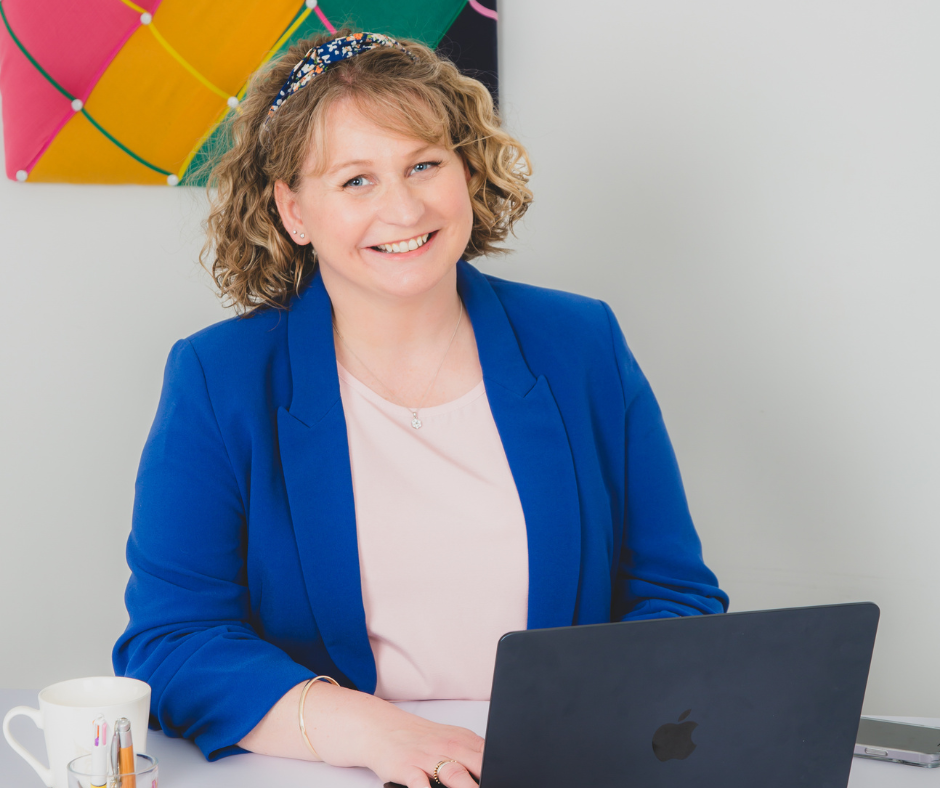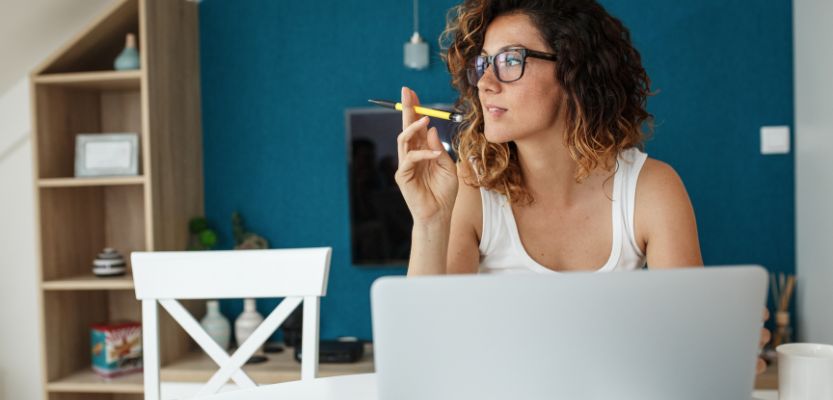What’s your website there for? Maybe it’s to let clients know about your range of services or to sell products. But when was the last time you sat and thought about your website as a marketing tool? And have you heard of conversion rate optimisation?
I regularly hear things like:
- “It’s just there so I have a presence.”
- “It’s out of date, but people can use it to find me.”
- “Customers aren’t visiting my website,” and
- “When they’re on my website, they’re not buying and I don’t know why.”
This blog is all about focussing on your website as a marketing tool with a gentle introduction to conversion rate optimisation.

Your website as a marketing tool
I imagine you invested a not insignificant amount on your website, so why do so many of us launch it and then do nothing with it? You probably also invest time and money in social media marketing, email marketing, or other digital marketing channels, with little thought that there’s a tool sitting there just waiting to be used and improved!
A website tells people what you do, where you are based, who you work with and allows them to purchase from you. But you can also use it to build trust, show off your expertise, and improve brand awareness. So make sure it’s in your marketing plans as it often gets overlooked.
What is conversion rate optimisation?
And why do you need to know about it? Do you keep hearing this phrase and thinking it sounds a bit techy, so you switch off? Don’t worry, I’ll explain it for you.
Conversion rate optimisation (or CRO) looks at how users find your website, what action they take when they’re looking at the website, and what drives them to take that action. We can then identify amendments that can be made to your website to improve the user experience, increase traffic, and ultimately help to drive sales.
Getting people to visit your website

There are four key areas I look at when analysing a website to see how people are discovering a website. They all come under the umbrella of ‘SEO’ or search engine optimisation. This is another of those techy phrases, isn’t it? SEO makes sure that your website content and structure will increase the visibility and ranking on search engines, like Google. Meaning more people will find you!
Keywords and phrases
These are the words and phrases that people use to discover a website. So if they’re not in your website, your clients and customers aren’t going to be able to find you. You can use them across your website content and create blogs to make sure you’re using plenty of them. Make sure the content is useful to your readers so that you’re not just stuffing your website with keywords. Remember, the longer someone spends on your website, the better the search engines think it is.
There are a number of tools you can use to plan which keywords to use, such as Google Ads Keyword Planner and Keywords Everywhere. Here’s a blog about these tools as it’s such a big subject!
Backlinks
These are links which point from one website to another. They’re great as they tell the search engines that other websites think your website it good! You can create them by doing guest blogs for others, adding videos to YouTube and linking back to your website, or by using affiliate links.
Loading speed
How quick your website loads and whether it’s built for mobiles is important for both SEO and the user experience. It’s frustrating when a website takes aaaaaages to load isn’t it? Do you move on? You can check how quickly your website loads using GT Metrix. If your website is slow to load, you can make improvements by reducing the size of images as a starting point.
Mobile friendly
If a website doesn’t look right on a mobile, you think it’s a bit dodgy, don’t you? You can test whether your website is mobile friendly using Google’s mobile friendly test. If your website isn’t mobile friendly, then I suspect it’s time for a redesign as most new websites are mobile responsive.
When people visit

Hooray! People are visiting your website. But boo hoo! They’re not taking the action you want them to. How can you encourage them to do what you’d like them to? Here are four things you can do for starters:
The journey
What action do people take when they arrive at your website? Firstly, it’s a good idea to look at your Google Analytics to find out which page people most commonly land on (often it’s not your home page). Then you can use a tool such as Hotjar to see what people do. It might be that they’re not seeing a button or can’t find the item they’re looking for. Using tools like this will give you an insight and also help inform decisions about changes that need to be made on your website.
Images
Using high-quality and visually appealing images on your website and in your marketing can help attract and engage potential customers. Clients and customers like to see what they’re investing in and so the more visual this can be, the better.
If you have an ecommerce website, include product photos on plain backgrounds, lifestyle images, and add dimensions to images too. Make sure the images are well-lit, in focus, and showcase your product or brand in the best possible way. If you can afford it, get a professional to take them for you. Additionally, user-generated content can lead to an increase in sales.
If you offer a service, have some photographs of you delivering that service or a client benefitting from the service. Make sure they are updated regularly too as images can date very quickly.
Descriptions
Product and service descriptions often don’t focus on the key points customers want to know. Descriptions should be concise, easy to read, and highlight the most important features and benefits. They should also address any potential concerns or questions that customers may have.
Essential information
I can’t tell you the amount of times I’ve been on a website and not been able to find some essential information. For example, how to contact a company or what the delivery information is. If in doubt, create a FAQ page where all of the information can be grouped together.
Don’t forget your website!
I’ve just given you a few tips here to help you use your website as a marketing tool. I’d encourage you to make sure you check your website and add updates regularly so that it doesn’t become dated.
If you have any questions about the points I’ve raised in this blog, please get in touch.







